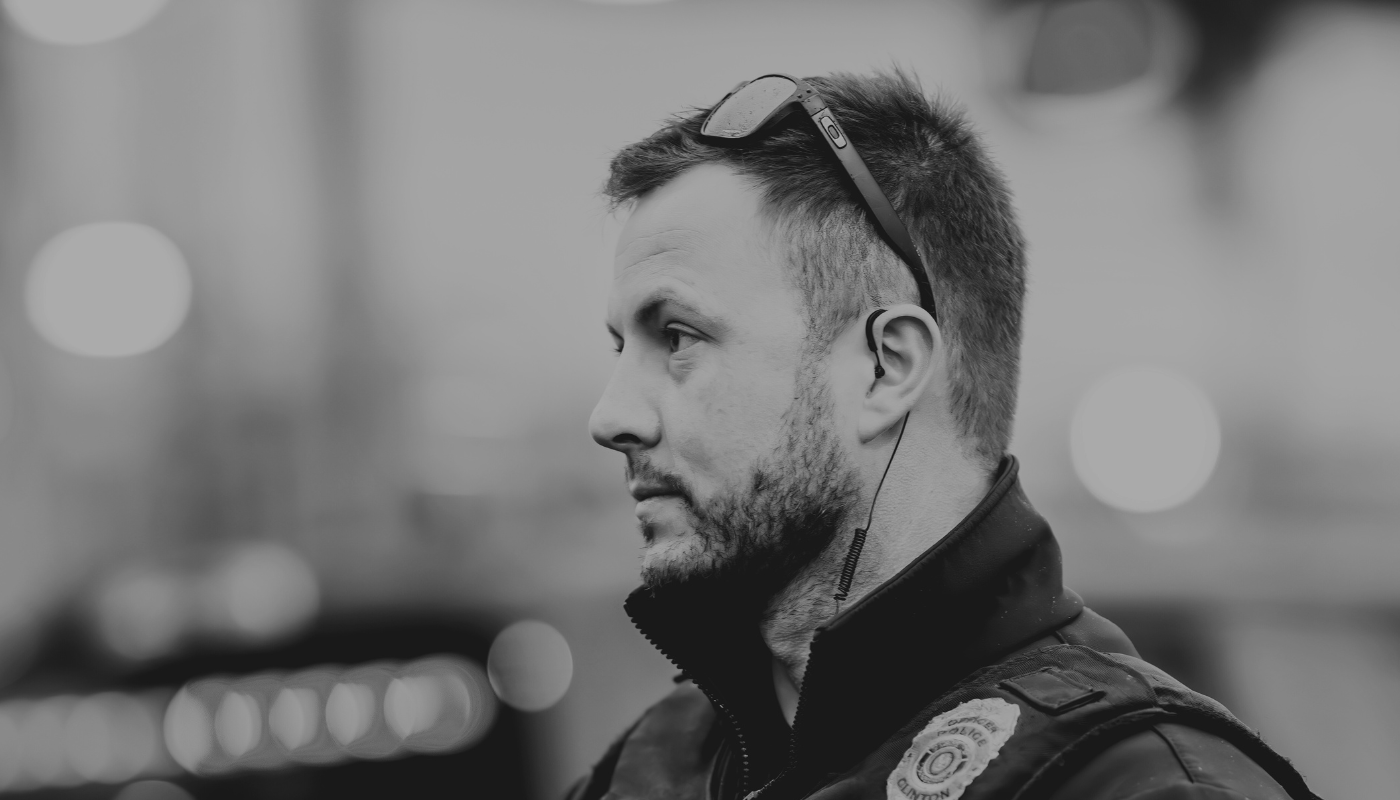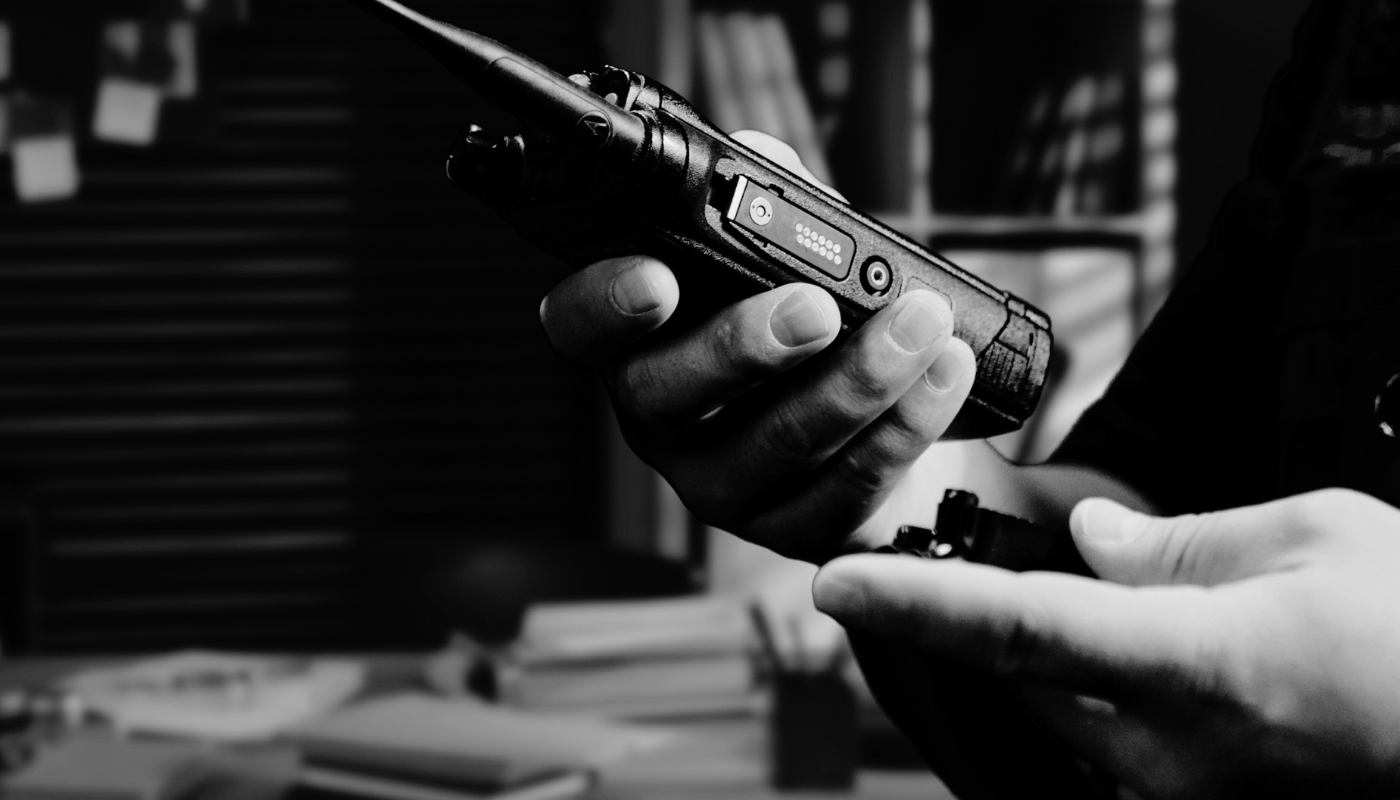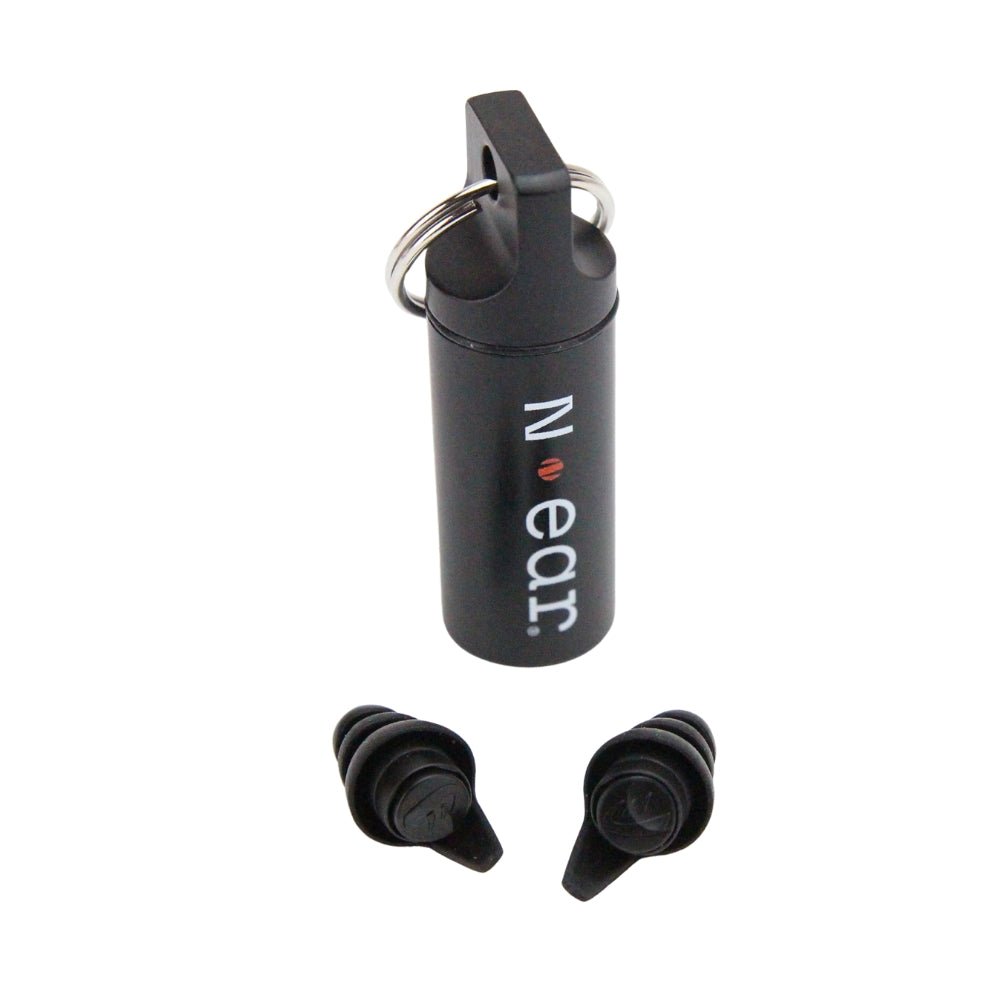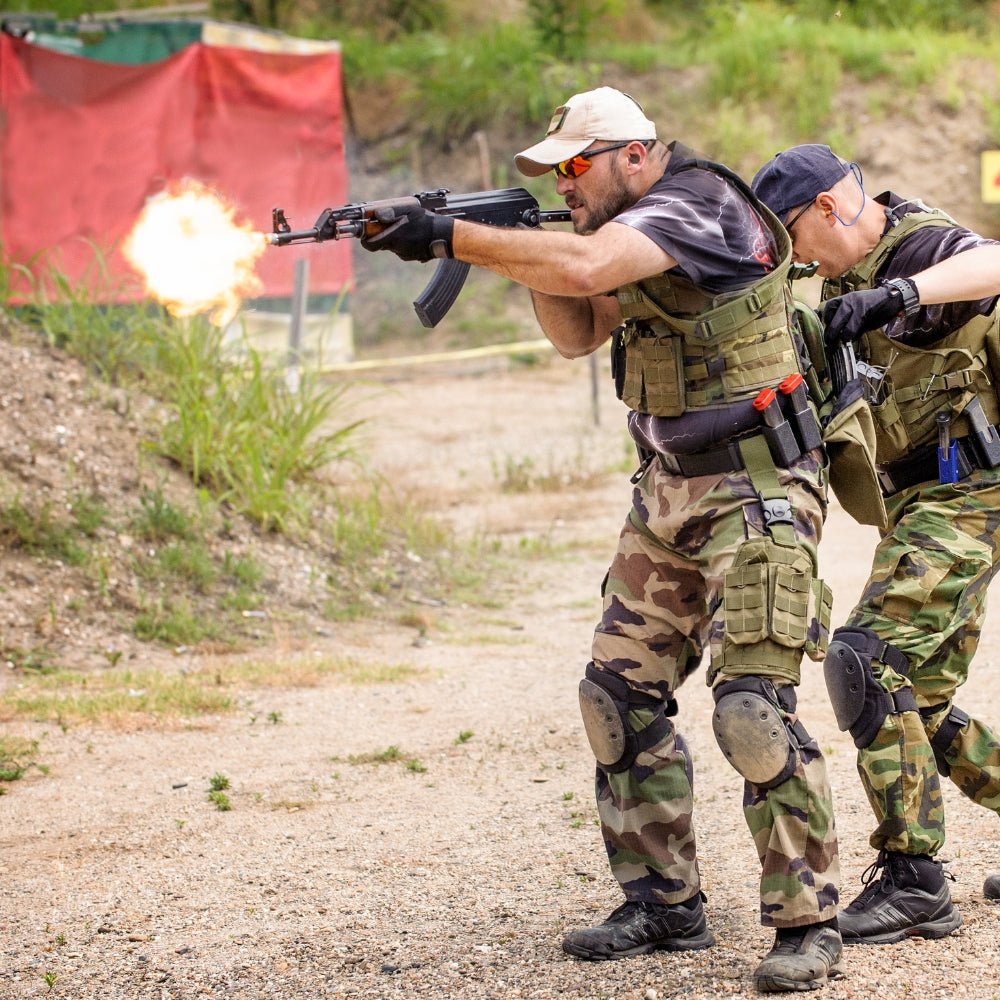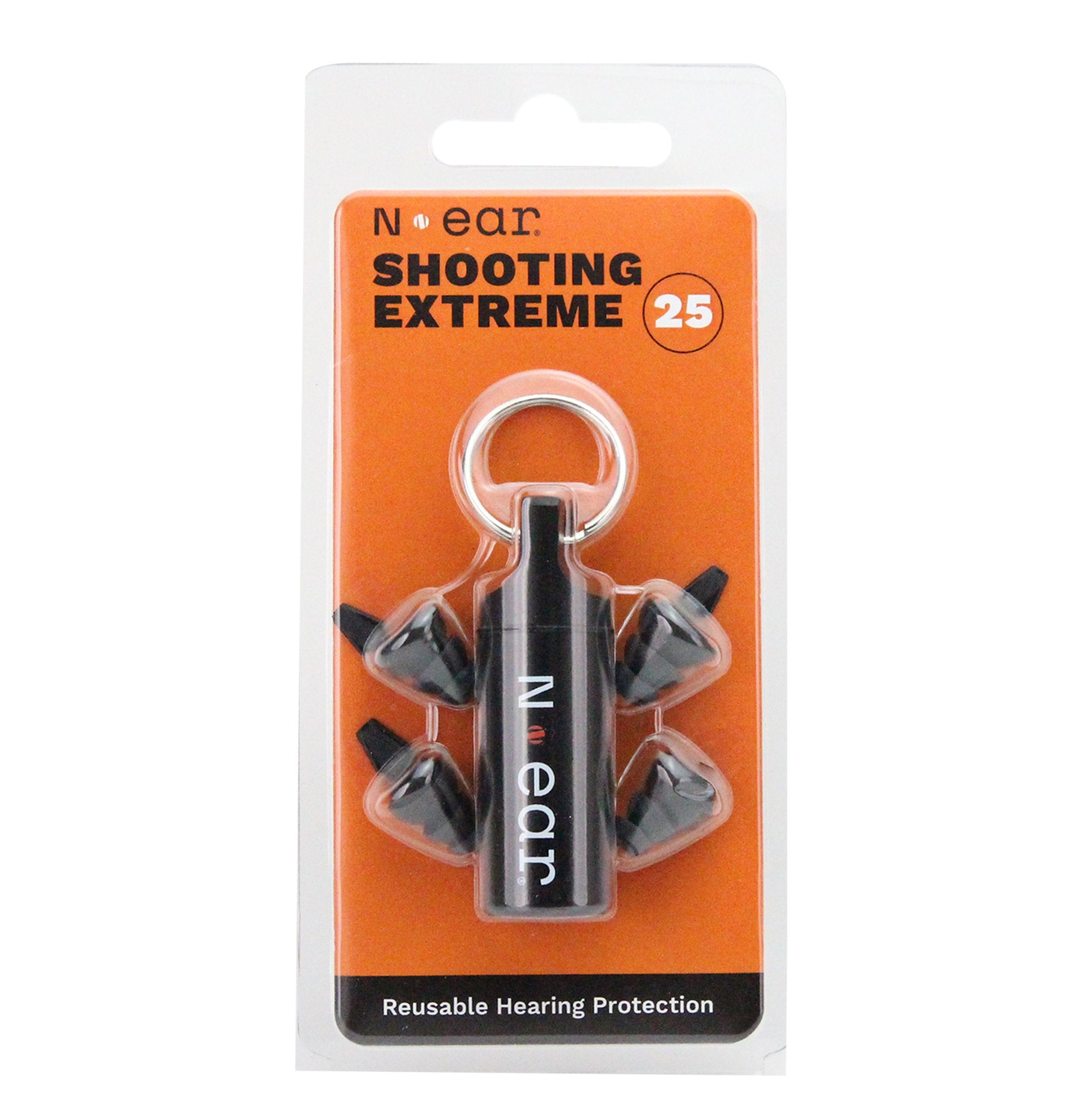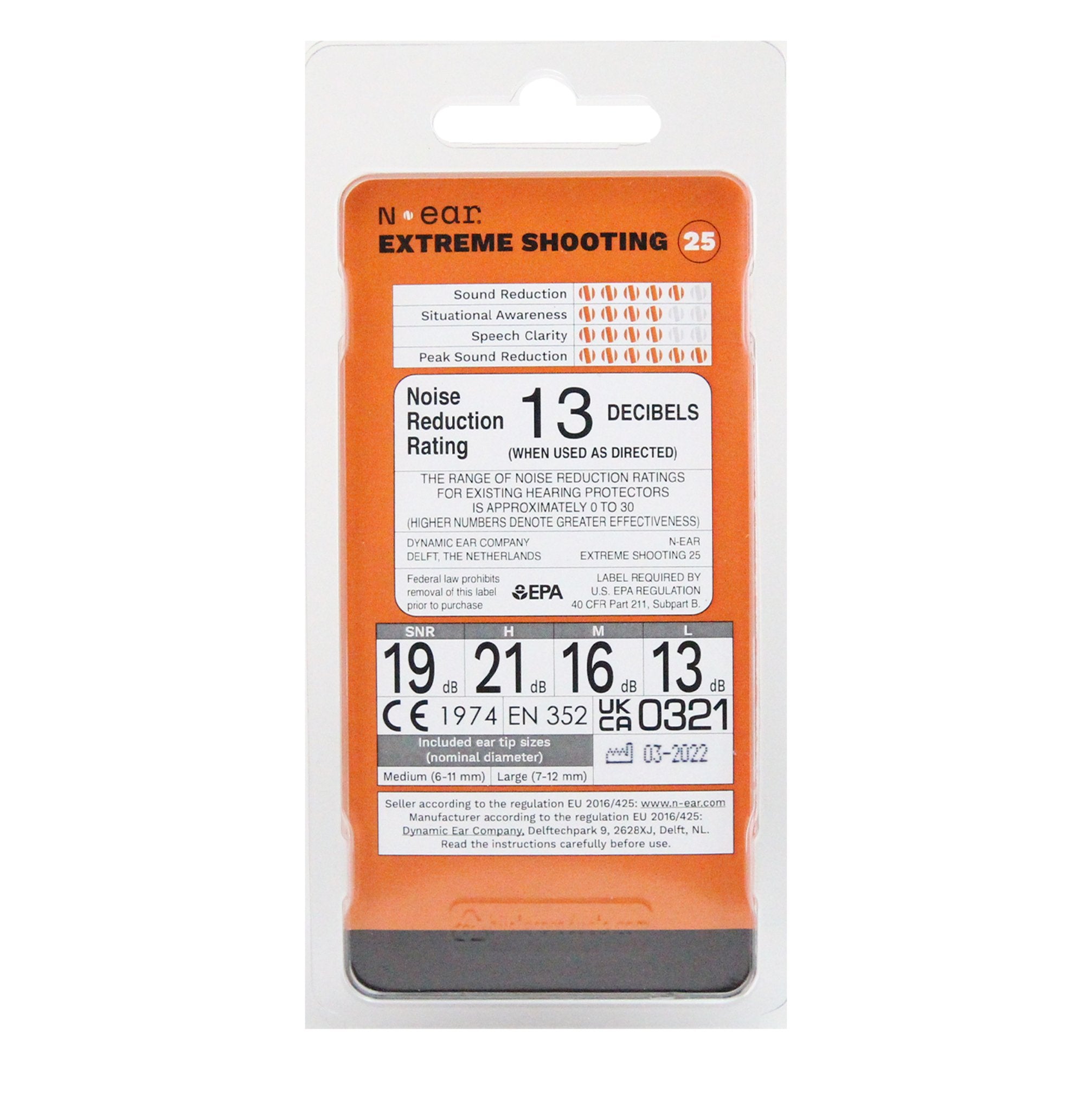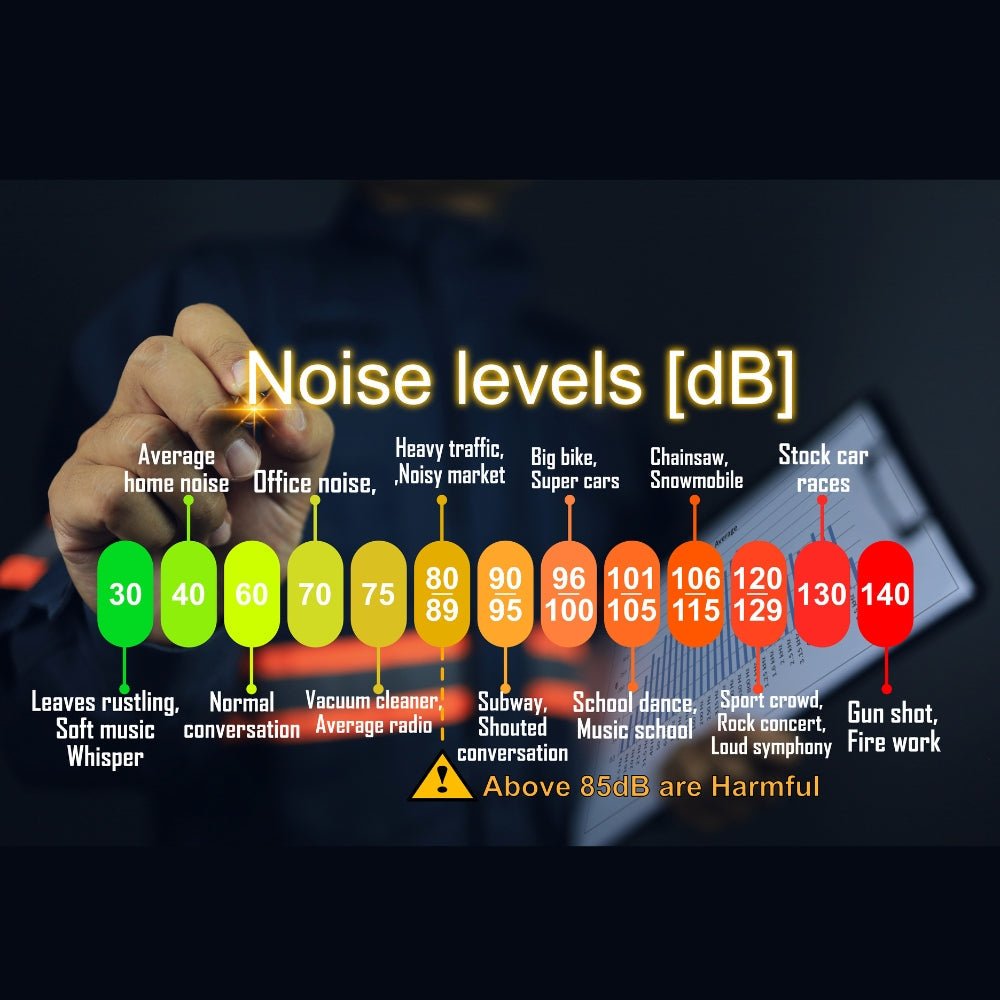Thank you for counting on SHEEPDOG®.
Please contact us with questions regarding compatibility prior to purchase.
Phone/Hours:
Main: 702-475-5225 | Toll-Free: 877-898-7879
Monday-Friday 9am-5pm (PST), excluding holidays.
Submit online:
Product Questions
Government Quotes
Warranty Support
Agency T&E Program
If you are a procurement officer for the military, or a federal, state, or local government agency in need of equipment, please contact us for assistance with account set-up, questions regarding terms, etc.
SHEEPDOG® accepts government purchase orders, credit cards, and EFT payments.
About Us:
SHEEPDOG® outfits our nation's military and first responders with reliable communication equipment. Our products are designed to meet the demanding needs of those who serve our nation and protect our communities. Our mission is to provide communication products of the highest quality along with industry-leading support. We strive to deliver on our promise of excellence in every interaction with our customers.
Shipping & Returns
Shipping
Standard domestic shipping is free. Options for expedited and international shipping will appear during checkout.
You can estimate shipping costs in your cart and during checkout.
Returns
You can return your product up to 30 days after receiving your order. Please make sure the product(s) are not used or damaged.
Click here to view our policy and to start a return.
Shipping & Returns
Shipping
Standard domestic shipping is free. Options for expedited and international shipping will appear during checkout.
You can estimate shipping costs in your cart and during checkout.
Returns
You can return your product up to 30 days after receiving your order. Please make sure the product(s) are not used or damaged.
Click here to view our policy and to start a return.
Warranty
If a product fails within the manufacturer's warranty period, Contact Us with details regarding the failure and we will respond quickly with assistance. This program excludes physical damage, abuse, unauthorized modifications, and consumables such as acoustic tubes and ear inserts.
Warranty
If a product fails within the manufacturer's warranty period, Contact Us with details regarding the failure and we will respond quickly with assistance. This program excludes physical damage, abuse, unauthorized modifications, and consumables such as acoustic tubes and ear inserts.
Secure Payment
Your payment information is processed securely. We do not store credit card details nor have access to your credit card information.
Secure Payment
Your payment information is processed securely. We do not store credit card details nor have access to your credit card information.
Details
- PRODUCT
- WHAT'S INCLUDED
- BENEFITS
N-ear Protectr™ Shooting Xtreme 25 reduces peak sound pressure, produced by automatic fire and single gunshots, artillery fire, and explosions.
Developed for military use and used by NATO soldiers and law enforcers, the N-ear Protectr™ Shooting filter is ANSI IPIL certified for impulse noise up to 166 dB where it provides 33 dB of attenuation, ensuring optimum protection from the highest levels of impulse sound.
When sound peaks are not present N-ear Protectr™ Shooting Xtreme 25 provides low attenuation of ambient sounds, ensuring voice and background noise can be heard whilst maintaining sound directionality with the minimum occlusion effect.
By allowing air into the ear to reduce ear canal irritation, the wearer retains sound directionality and spatiality, critical in hunting and combat situations. Combined with its small size and comfortable medical grade TPE earplugs it is ideal for all-day use, fitting unobtrusively under communications headsets or earmuffs.
Two Large universal earplugs
Two Medium universal earplugs
Two acoustic impulse filters which are 100% acoustically tested
Aluminum key-ring carrying case
Manual in English, Deutsch, French, Italian, Nederlands, Spanish
Benefits N-ear Protectr™ Shooting Xtreme 25 Ear Plugs:
Reduces impulsive noises created by explosions and (automatic) gunfire
Retains sound directionality and spatiality
Suitable for shooting practice, hunting, and in combat situations
Benefits N-ear Protectr™ Ear Plugs:
Protected and still being able to communicate and hear the surroundings.
Helps prevent hearing damage
A perfect fit for everyone: 4 Eartip sizes available (M+L in the package)
100% Acoustically tested
Natural sound and ventilation, wide filter aperture with sound damping mesh
Minimum occlusion
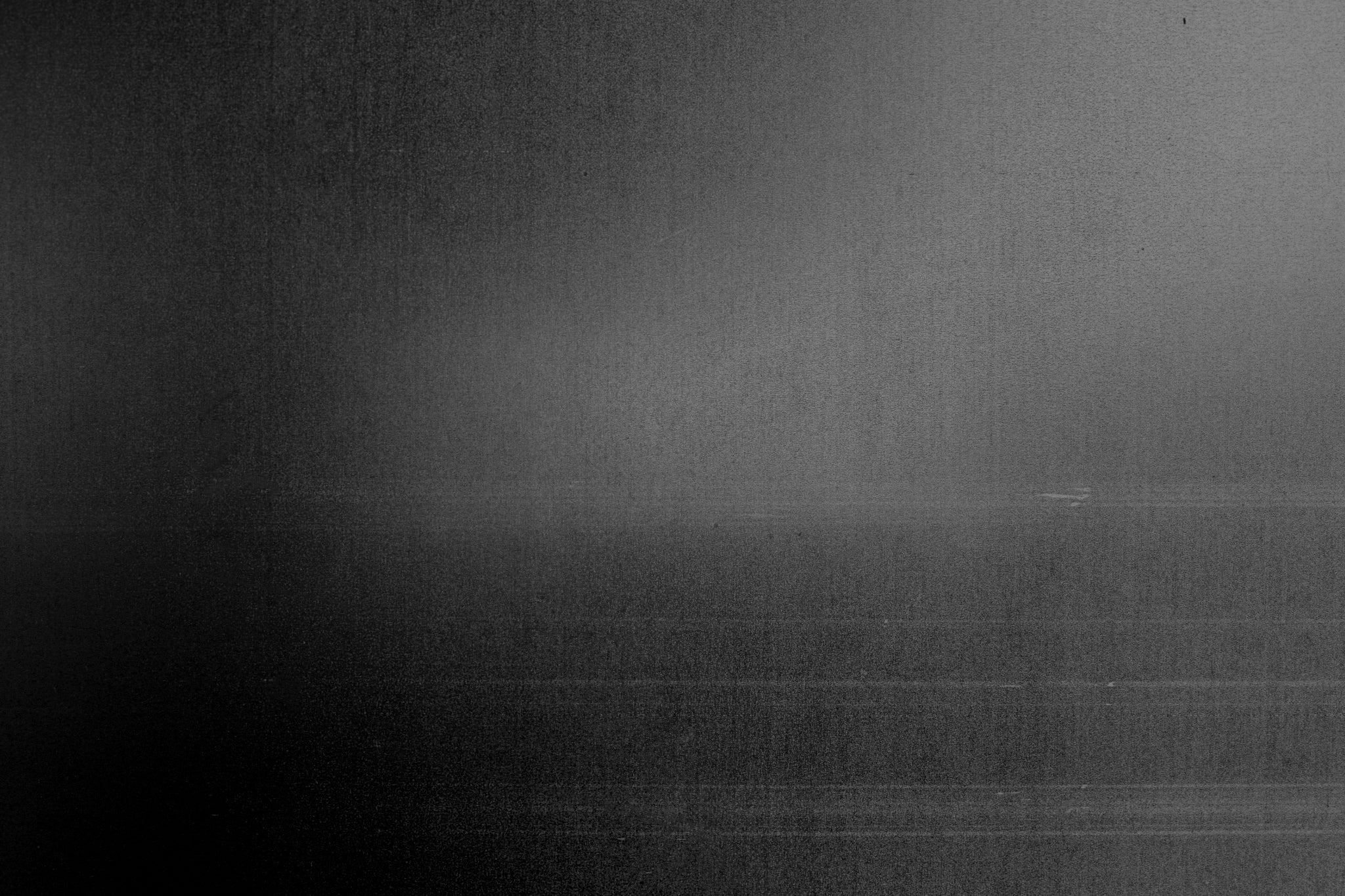
TRUSTED BY LEOS WORLDWIDE
“Sheepdog has nice, quality products. They have really done their research with field agents/officers.”
